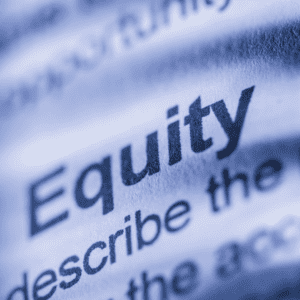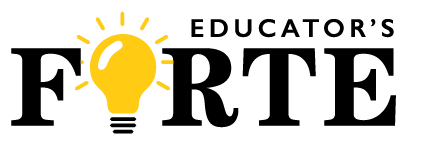Understanding Equity vs. Equality in Education
Navigating the distinction between equity and equality in education poses challenges because both concepts address disparities but through different means. Equality focuses on providing everyone with the same resources or opportunities, regardless of their individual needs or circumstances. Conversely, equity acknowledges that individuals have different needs and aims to distribute resources and opportunities based on those needs to ensure fairness and inclusion. This subtle yet significant difference can sometimes be overlooked, leading to confusion in understanding and implementation, especially in educational contexts where factors like socioeconomic status, race, and geographic location profoundly impact students’ needs and outcomes.

Challenges in Implementing Equitable Practices
Challenges in Implementation Educators and policymakers encounter numerous challenges in implementing equitable practices in education. Systemic barriers, such as funding disparities that disproportionately affect certain schools and communities, often impede efforts to achieve equity. These barriers manifest in inadequate facilities, outdated instructional materials, and limited access to extracurricular activities in schools located in low-income areas. Moreover, unequal access to quality education exacerbates disparities, with students in underserved communities facing obstacles such as limited access to advanced coursework, experienced teachers, and support services. Additionally, implicit biases among educators and administrators perpetuate inequities, resulting in differential treatment and lower expectations for students from marginalized backgrounds. These systemic barriers not only hinder efforts to achieve equity but also contribute to widening achievement gaps and perpetuating cycles of disadvantage in education.

Impact of Equity and Equality on Student Outcomes
Impact on Student Outcomes Exploring the impact of equity and equality on student outcomes reveals compelling research findings. Addressing inequities in education significantly improves academic achievement, graduation rates, and overall well-being for students, especially those from marginalized or underserved communities. Schools that prioritize equitable practices, such as providing targeted support to students with diverse needs and fostering inclusive learning environments, witness improvements across the board. Academic achievement gaps narrow, graduation rates rise, and students exhibit greater engagement and motivation in their learning journey. Moreover, equity initiatives positively influence students’ social-emotional development, sense of belonging, and long-term success. By highlighting these research findings, educators and policymakers can gain valuable insights into the transformative power of equity-focused initiatives in education, inspiring meaningful action to create a more just and equitable learning environment for all students.

Strategies for Promoting Equity
Strategies for Promoting Equity Fostering equity in education requires adopting a multifaceted approach that addresses the diverse needs of students and ensures equitable access to learning opportunities. Culturally responsive teaching stands out as a foundational strategy, recognizing and valuing the cultural backgrounds and experiences of students to create a supportive and inclusive learning environment. Additionally, implementing an inclusive curriculum that reflects the diversity of students’ identities and experiences is crucial. Employing differentiated instruction allows educators to tailor their teaching methods to accommodate varied learning styles, abilities, and interests, ensuring that every student can engage meaningfully with the material. Furthermore, providing targeted support services, such as academic interventions, counseling, and language assistance, is essential for addressing the specific needs of marginalized or underserved students. Integrating these strategies into educational practices enables schools to move closer to achieving true equity and ensuring that all students have the opportunity to thrive academically and personally.

Navigating the Path Forward: Addressing Systemic Disparities
Navigating the complex terrain of equity versus equality in education reveals that the journey towards fairness demands a nuanced understanding of both concepts and a commitment to addressing systemic disparities. While equality aims to provide everyone with the same resources or opportunities, equity recognizes and responds to the diverse needs of individuals to ensure fairness and inclusion. Implementing equitable practices in education faces challenges, yet research underscores the transformative impact of equity-focused initiatives on student outcomes. To promote equity in education, it is imperative to adopt a multifaceted approach that includes culturally responsive teaching, inclusive curriculum, differentiated instruction, and targeted support services. By integrating these strategies into educational practices, we can pave the way for a more just and equitable learning environment where all students have the opportunity to thrive academically and personally.
